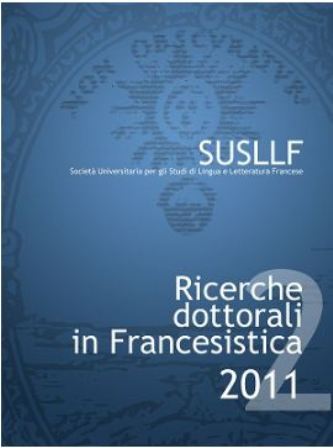La survivance de l’ʻut pictura poesisʼ dans la prose française du XIXe siècle
Mots-clés :
ut pictura poesis, peintre, peinture, littérature, XIXe siècle, romanRésumé
This paper aims at analysing a specific literary genre which focuses on artistic creation and, more specifically, on the failure of the painter’s creative power. This literary form has been interpreted by critics as one of the reactions by novelists to the fracture between the two sister arts – painting and literature –, a fracture caused by the decline of the ancient ut pictura poesis doctrine. Through the analysis of four 19th century French novels (M. Desbordes-Valmore, L’Atelier d’un peintre. Scènes de la vie privée -1833-; G. Sand, Les Maîtres mosaïstes -1837-; J. Lefèvre-Deumier, Les Martyrs d’Arezzo -1839-; E. Zola, L’Œuvre - 1855-), the current work will try to demonstrate that this theoretical principle still had influence on French literary creation even after the publication of Lessing’s Laocoon, which historically represents the ultimate fracture between literature and painting. The analysis focuses on the two main elements of the ut pictura poesis, namely the opposition between painting and colour, and the supremacy of literature over painting.


